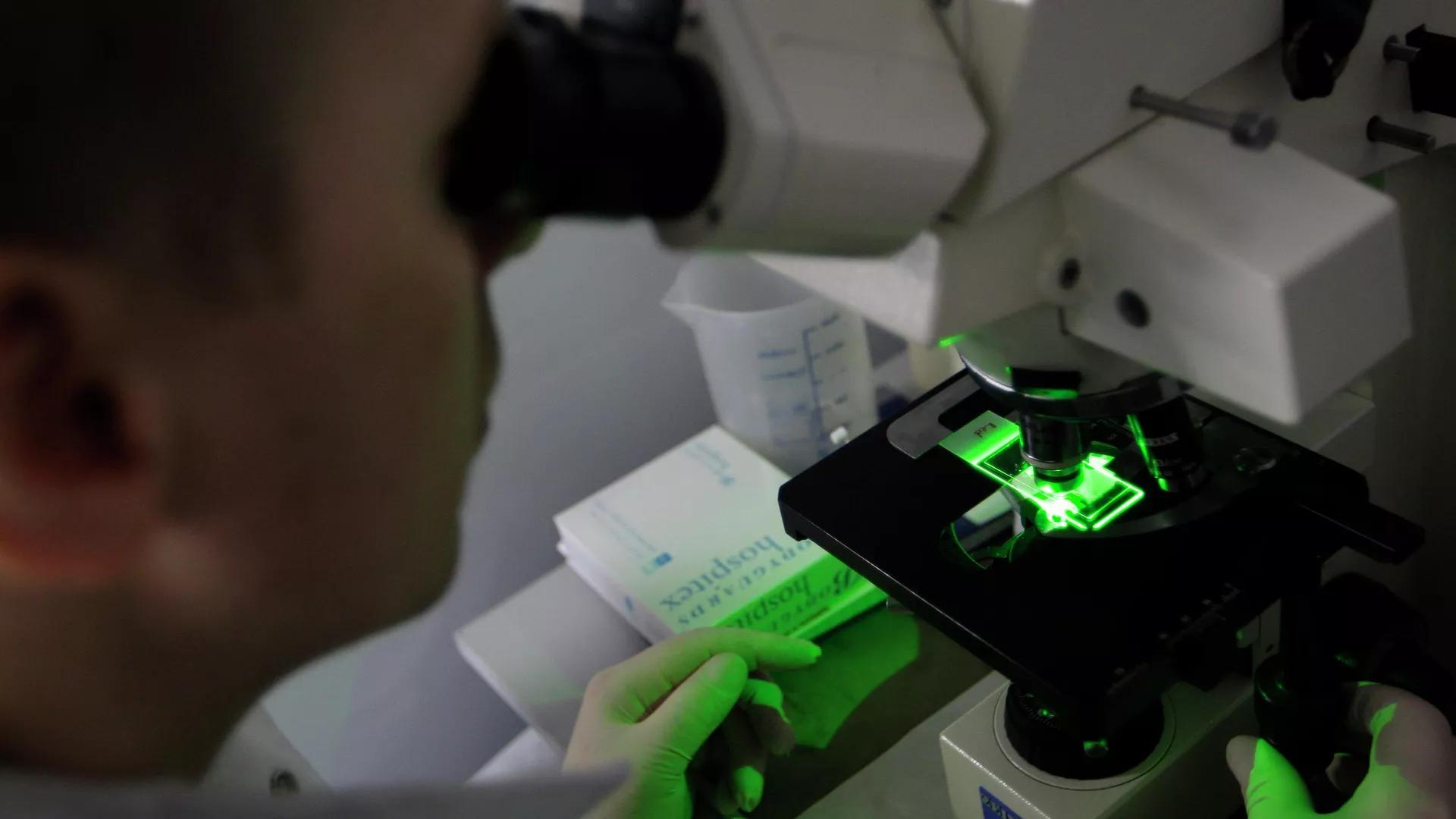Africa-Press – Cape verde. The integrity of academic publishing is facing a challenge from the proliferation of fake science publications, which are being produced at an alarming rate by commercial “editing services” or “paper mills.” The latter use AI-supported automated techniques to create fake publications for individuals, who are under pressure to advance their careers.
In their study, researchers sent questionnaires to authors of scientific publications to identify indicators that could potentially flag fake publications. Based on the responses received, three indicators were identified: the use of an author’s private email, international co-authorship, and hospital affiliation.
These indicators were then used to analyze a sample of 15,120 publications listed in PubMed®, considering factors such as publication date, journal, impact factor, and author’s country.
The method was validated using a sample of 400 known fake publications and 400 matched presumed non-fake publications.
The results revealed that the classification rules utilizing two or three indicators had sensitivities of 86% and 90% respectively, with false alarm rates of 44% and 37%. The study also found that the rate of fake publications had increased from 16% in 2010 to 28% in 2020.
Extrapolating these findings to the approximately 1.3 million biomedical publications listed in Scimago in 2020, the researchers estimate that there were over 300,000 fake publications produced annually.
The researchers concluded that their simple classification rules can effectively red-flag potential fake publications, allowing for further scrutiny. They also highlighted the increasing rate of fake publications, indicating a higher prevalence than previously reported.
The proliferation of fake publications in the field of biomedicine poses significant risks, including the erosion of trust in science, potential harm to public health, and the impact on economic spending and security. Detecting and retracting fake publications is crucial to safeguard the integrity of the scientific record.
The demand for fake publications stems from the pressure faced by students, scientists, and physicians to publish in high-impact factor journals, driven by academic and government institutions, as well as university-affiliated hospitals.
Academic policies that prioritize publication count and impact factors as measures of scientific excellence contribute to this pressure. Paper mills exploit this demand by offering their services to help individuals meet publication requirements and advance their careers.
The study’s authors highlighted an attempted corruption incident involving a paper mill that reached out to one of them, offering to cite the journal editor’s content in their fake articles to enhance the journal’s impact factor. This incident prompted the researchers to quantitatively analyze the global scope of fake publishing.
The researchers’ methodology provides a valuable tool to red-flag potential fake publications in biomedicine. They also emphasize the importance of raising awareness among the scientific community about the existence and impact of fake publications. Retraction of identified fake publications, implementation of stricter peer review processes, and continued efforts to improve scientific integrity are essential to combat this growing threat.The preprint of the study may be accessed through MedRxiv service.
For More News And Analysis About Cape verde Follow Africa-Press






